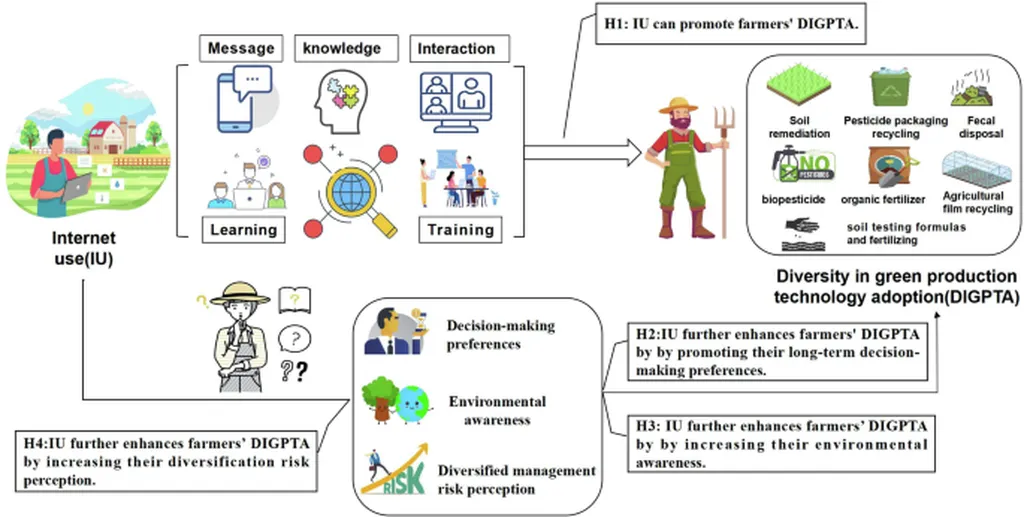In the rapidly evolving landscape of modern agriculture, China is grappling with the challenges of protecting new plant varieties in the digital age. A recent study published in *Frontiers in Plant Science* (translated as *植物科学前沿*) delves into the institutional responses to new plant variety protection in China, offering insights that could reshape the agricultural sector and its commercial impacts.
The research, led by Fenglei Yu, examines the current regulatory framework and its shortcomings in the face of big data and digital advancements. The study highlights that while China has made significant strides in establishing a new plant variety protection system, the digital era demands a more robust and adaptive approach.
“China has initially built up a new plant variety protection system with the Regulation of the People’s Republic of China on the Protection of New Varieties at its core,” Yu explains. However, the digital revolution has brought both opportunities and challenges, necessitating a more stringent and flexible protection system.
The study employs comparative research and literature analysis to scrutinize systems adopted by other countries, identifying key areas where China’s current system falls short. Yu emphasizes the need for improved data application capacity, data sharing, and the establishment of a three-dimensional protection mechanism. These enhancements are crucial for promoting the continuous improvement and upgrading of China’s new plant variety protection system.
One of the most compelling aspects of the research is its focus on the commercial impacts for the energy sector. As agriculture becomes increasingly data-driven, the protection of new plant varieties takes on added significance. Efficient data sharing and application can lead to more innovative breeding practices, ultimately benefiting the energy sector by enhancing crop yields and sustainability.
Yu’s research also underscores the importance of a benefit-sharing mechanism, ensuring that the advantages of new plant varieties are equitably distributed. This approach not only fosters innovation but also ensures that the agricultural sector remains competitive and resilient.
The study’s findings are particularly relevant in the context of China’s ongoing transformation of modern agriculture. By addressing the shortcomings of the current system and leveraging the power of big data, China can position itself as a leader in agricultural innovation.
As the world watches China’s agricultural sector evolve, the insights provided by Yu’s research offer a glimpse into the future of plant variety protection. The study’s emphasis on data application, sharing, and three-dimensional protection mechanisms sets the stage for a more robust and adaptive system, one that can meet the demands of the digital age.
In the words of Yu, “The arrival of the digital era has brought far-reaching impacts and strong impacts on the traditional breeding industry, and at the same time, it also puts forward more stringent requirements on the existing protection system.” This research not only highlights the challenges but also paves the way for a more innovative and resilient agricultural sector.
As the agricultural industry continues to evolve, the insights from this study will be instrumental in shaping future developments. By embracing the power of big data and fostering a more adaptive protection system, China can lead the way in agricultural innovation, benefiting not only the agricultural sector but also the broader energy industry.

